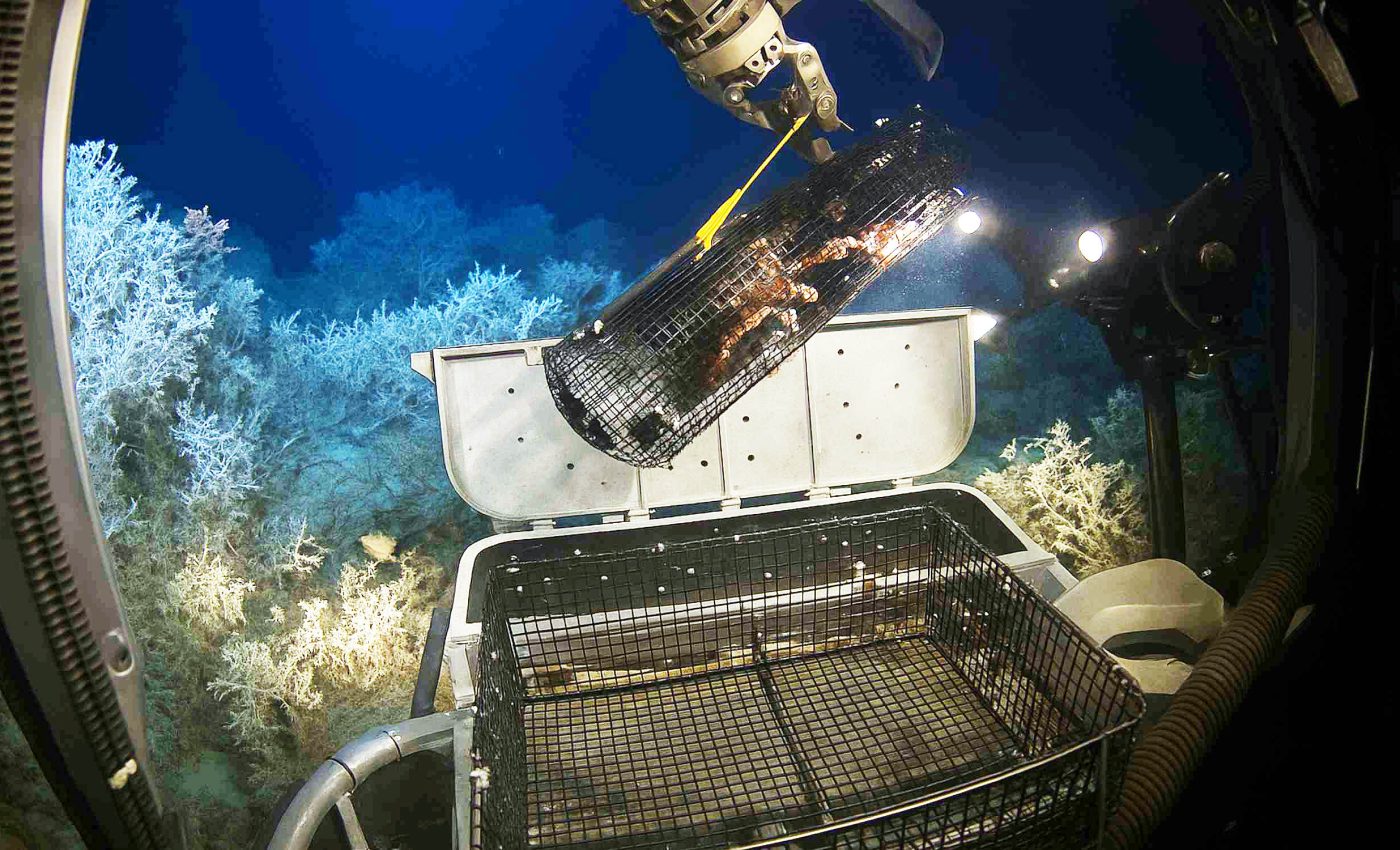
Scientists report an unexpected accumulation of radioactive material in the ocean
Scientists analyzing sediment scraped from a rugged ridge nearly three miles under the Central Pacific Ocean expected calm, predictable chemistry. Instead they found a dense band of the radioactive isotope beryllium‑10 (10Be) packed into the layer that formed about 10 million years ago.
This enough extra atoms to raise the normal background by roughly seventy‑three percent.
Dr. Dominik Koll of the Australian National University (ANU) and Helmholtz‑Zentrum Dresden‑Rossendorf (HZDR) led the international crew that pulled the samples and ran the accelerator mass‑spectrometry tests for the study.
10Be signals from the ocean floor
The long‑lived radionuclide 10Be forms high in the atmosphere when energetic cosmic rays shatter nitrogen and oxygen nuclei.
Those new atoms float with aerosols for about one to two years before rain or snow carries them to the surface. Most wash into the ocean, where they mix with stable Beryllium-9 (9Be) that rivers deliver from eroding rocks.
Levels of 10Be in modern sea water differ by more than a factor of two between polar and tropical basins because production, scavenging, and circulation of the element vary by latitude.
When the isotope finally sticks to an iron‑manganese ridge on the seafloor it starts an atomic clock that ticks for 1.39 million years, the half‑life of 10Be.
Why 10Be fascinates geologists
Because the element decays so slowly, researchers use it to date marine sediments, ice cores, and even meteorites across spans up to 15 million years.
A typical cosmogenic nuclide profile in a growing crust drops smoothly with depth as older layers lose 10Be; any bump therefore signals either faster supply or slower loss.
The crusts grow at speeds of mere millimeters per million years, so a handheld drill producing two‑millimeter slices can resolve history in 400,000‑year steps.
Such precision lets scientists spot subtle environmental swings that fossils or chemical ratios may miss.
Buried in ferromanganese crusts
“The floor of the major oceans on Earth exhibits one of the most pristine geological archives recording millions of years of environmental conditions and changes – ferromanganese crusts,” said Dr. Koll.
Core after core from the Pacific showed the same pronounced swell centered on 10.1 million years. Accumulation persisted for at least 1.4 million years and boosted the integrated 10Be ocean inventory by 25 percent.
The discovery held across three independent ferromanganese crust samples that were hauled from sites thousands of miles apart, ruling out drilling artifacts or local pollution.
No comparable spike appears in younger sediments, showing that the event was unique within the last 15 million years of record.
Late Miocene climate shifts
The Late Miocene saw the modern Antarctic Circumpolar Current (ACC) strengthen as gateways south of Australia and South America widened, reorganizing global circulation.
If swift new currents swept 10Be‑rich southern water into the central Pacific they could have flooded the region with extra isotope for centuries.
A reconfigured ACC would also explain why stable 9Be in the same layers declined, a hint that ocean mixing rather than land erosion controlled the signal.
Meltwater pulses from shrinking Antarctic ice sheets are another possibility, yet sea‑level reconstructions place the largest rises earlier than the 10Be spike and model runs suggest they would dilute rather than concentrate the isotope.
Geochemical markers of carbonate dissolution track the beryllium layer, strengthening the argument that deep‑water flow, not surface runoff, brought the anomaly.
This pattern aligns with known disruptions in deep-ocean chemistry during the Miocene, including a sharp drop in calcium carbonate that was linked to shifting current regimes.
How 10Be settles in the ocean
Cosmic factors linger in the debate about how and why 10Be accumulates on the ocean floor.
An unusual lull in Earth’s magnetic field or an extended solar grand minimum lets more galactic particles penetrate the atmosphere, but known episodes boost production for thousands, not hundreds of thousands, of years.
Another proposal invokes a dense interstellar cloud compressing the heliosphere so that Earth lost its protective bubble and endured a sustained cosmic ray barrage.
Though speculative, the timing sits within astrophysical uncertainty windows and remains on the table pending stellar‑motion models.
Any celestial trigger must still mesh with the clear oceanographic fingerprint, so researchers increasingly suspect a two‑step story in which circulation changes amplified a modest atmospheric surge.
What happens next
Teams are now targeting their search for 10Be to low‑sedimentation South Pacific ocean muds that offer finer time resolution than crusts. If the anomaly sharpens to a narrow peak it favors a cosmic origin, whereas a broad plateau supports current‑driven delivery.
They are also testing 53Mn, another long‑lived isotope, with new laser‑assisted mass spectrometers to cross‑check the clock.
If future cores confirm the layer worldwide, stratigraphers could assign it as a global “golden spike,” simplifying the correlation of marine archives and sharpening models of Miocene climate evolution.
Oceanographers, in turn, would gain a benchmark for tracing how the ACC matured and began ventilating the deep Pacific, a key step toward the ice‑dominated Earth we inhabit.
Astrophysicists might even glean constraints on past supernova rates or cloud encounters, linking galactic events to earthly sediments in a way that is rarely possible.
Either way, a thin ribbon of beryllium in the Pacific reminds us that the ocean floor is more than a record of water: it is a cosmic diary written in radioactive ink.
The study is published in Nature Communications.
—–
Like what you read? Subscribe to our newsletter for engaging articles, exclusive content, and the latest updates.
Check us out on EarthSnap, a free app brought to you by Eric Ralls and Earth.com.
—–













